Soaring Higher
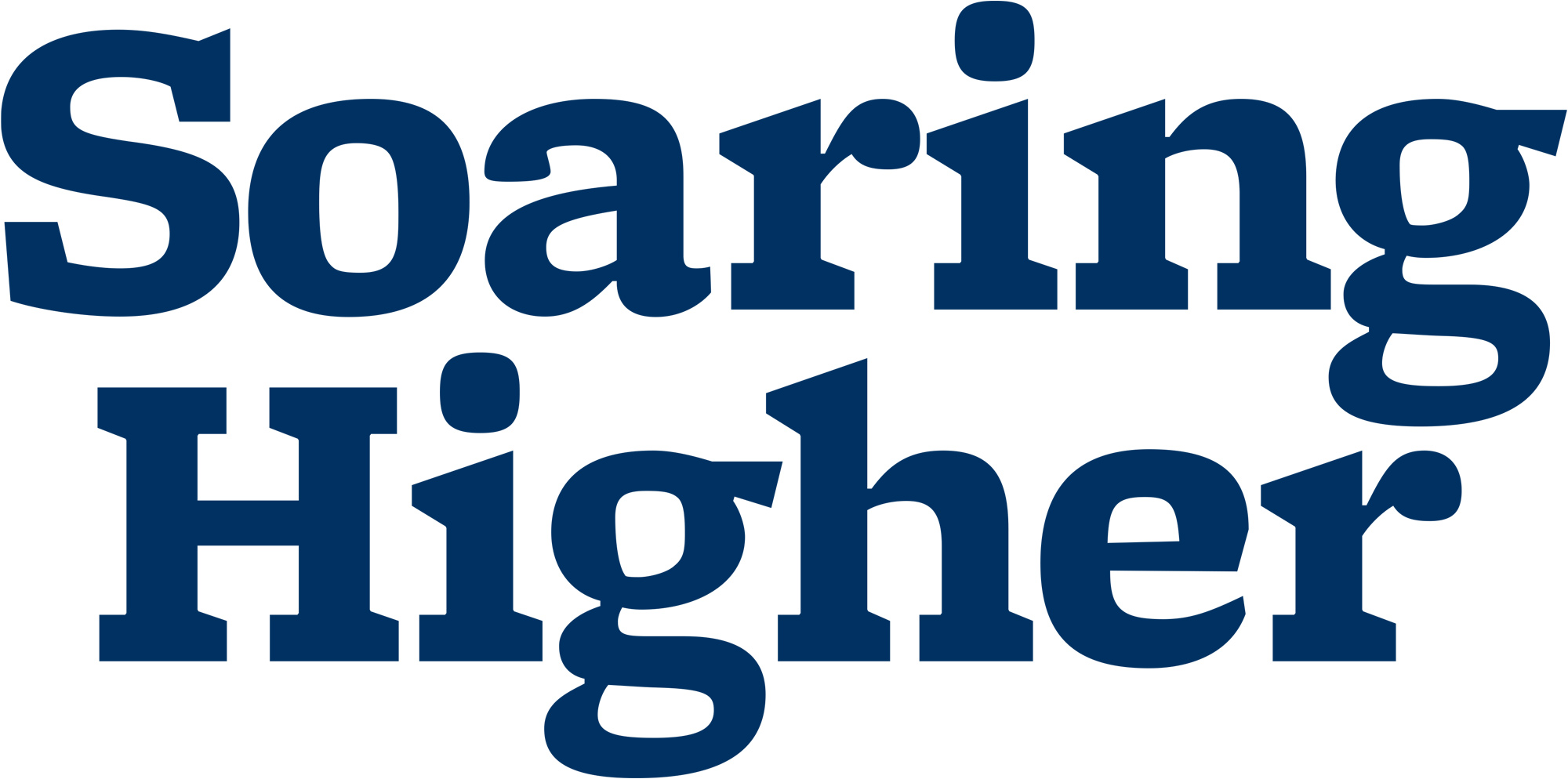
Four research centers — three new and one reinvigorated — launch explorations of vital issues across the legal firmament.

Illustration by Ariel Sinha

Illustration by Ariel Sinha

Four research centers — three new and one reinvigorated — launch explorations of vital issues across the legal firmament.
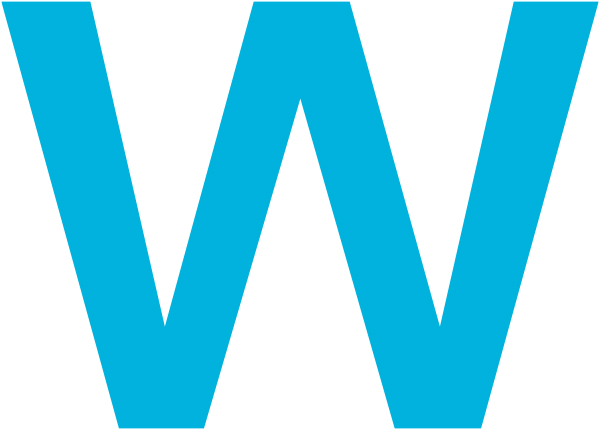
Berkeley Law hosts more than two dozen research centers and initiatives where faculty, researchers, and students seek solutions to a dizzying maze of challenges. This academic year, three new centers and a rebooted one will tackle vexing problems, offer pragmatic student training, and elevate the school’s public mission.
The Criminal Law & Justice Center, Berkeley Center for Private Law Theory, and Center for Indigenous Law and Justice join the school’s domain, while the Center on Reproductive Rights and Justice zooms back on the heels of the U.S. Supreme Court ruling in Dobbs v. Jackson Women’s Health Organization.
“Berkeley Law’s centers are crucial in advancing our mission of improving the law,” Dean Erwin Chemerinsky says. “I am thrilled that we are creating three new centers — on criminal justice and society, on Indian law, and on private law — as well as revitalizing the Center on Reproductive Rights and Justice. Each will involve students in their cutting-edge work in important areas of law.”
Criminal Law & Justice Center
His parents, former members of the radical political group Weather Underground, spent over six combined decades in prison for participating in a 1981 Brinks truck robbery that led to the death of two police officers and a security guard. Boudin was 14 months old at the time. His mother was released on parole after being incarcerated for 22 years, his father after 40.
Raised by adoptive parents in Chicago, Boudin became a Rhodes Scholar, went to Yale Law School, and clerked for two federal judges. He worked as a public defender, was elected San Francisco District Attorney in 2019, and spent 2½ years in that role before being recalled in June 2022.
“A lifetime of visiting my biological parents in prison and my work as a public defender and district attorney have made clear that our system fails to keep communities safe and fails to treat them equitably,” Boudin says. “I’m thrilled to join the nation’s premier public law school and engage with brilliant scholars and students to drive meaningful change by elevating the lived experience of those directly impacted.”
Policy advocacy, research, conferences, and education form the center’s cornerstones. They will involve legislative initiatives, impact litigation coalitions, policy papers, pilot programs, and statistical analyses that address foundational problems — including structural inequities related to poverty and racism.

AT THE ROOTS: Founding Executive Director Chesa Boudin will pursue projects that fuel foundational change of the criminal legal system. Photo by Brittany Hosea-Small
“I had a steep learning curve,” he says of his time as San Francisco’s district attorney. “I saw how politics kept getting in the way of good policy that I cared deeply about implementing to make the system more just and the city more safe. That’s in part why I’m so excited about this job — to engage with people doing deep thinking, not just sound-bite thinking, about what good policy should really look like in this space.”
As district attorney, Boudin eliminated cash bail, created a unit to reevaluate wrongful convictions, lowered sentences for nonviolent offenses, and sought to improve police accountability, drug treatment, and mental health services. He also implemented a diversion program for primary caregiver parents of minor children who were charged with misdemeanors or nonviolent felonies, in accordance with a new state law.
“Chesa understands that mass incarceration and privatized prisons disproportionately harm people of color and reflect the institutional inequities of America’s legal system,” says civil rights lawyer, author, and UC Santa Cruz Professor Angela Davis. “Many people fear change, and the type of change he’s pursuing would be transformative … He’ll help Berkeley Law students become the kind of lawyers who propel true reform.”
Eager to illuminate issues “too often dominated by fear mongering and scare tactics rather than facts and law,” Boudin will prioritize follow-through.
“Too often, we celebrate legislative reform … without examining how and if these new laws are actually being implemented,” he says. “Whatever criminal justice outcome we desire, we have to be cognizant of where the rubber meets the road and what change should actually look like.”
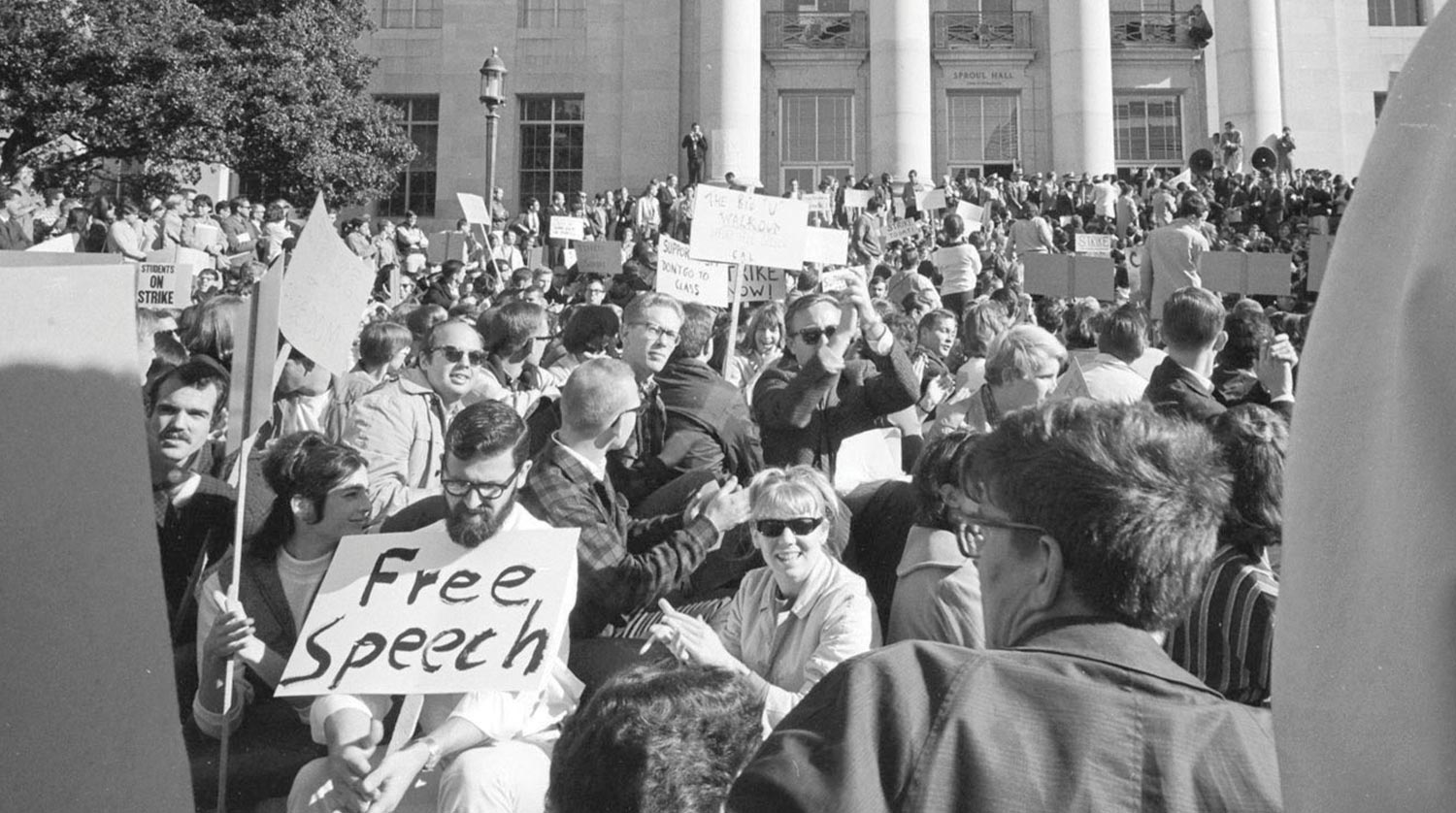
SIGNS OF THE TIMES: Student protesters pack Sproul Plaza for a free speech rally in 1964. Photo by Helen Nestor, Courtesy of the Oakland Museum of California
A Bedrock Commitment
Fostering a culture of free speech, even in turbulent times
n 1964, UC Berkeley students founded the Free Speech Movement to push for what was then a radical request: that the university recognize their First Amendment rights to speak their minds and end a campus ban on political activities.
More than 700 students were arrested at a sit-in at Sproul Hall, and the Berkeley Academic Senate passed a sweeping resolution supporting their free-speech rights — a manifesto that became a model for universities nationwide.
To Professor Emeritus Richard Buxbaum LL.M. ’53, one of five lawyers to defend the students in court, the idea of keeping politics off a college campus seems almost quaint today. But he says the core principle of protecting free speech is no less imperative now, as political and cultural disagreements seem to hopelessly divide the nation.
“Every robust concept of free speech has to accept the underlying reality of dissidence and friction,” Buxbaum says.
Over his decades at the law school — which included defending other students arrested during Vietnam War–era protests — Buxbaum has watched the school grapple with many changes, and the disgruntlement that often accompanies them. Throughout those years, Berkeley Law has remained a beacon of free speech, further bolstered by the tenure of Dean Erwin Chemerinsky, who has written extensively on the topic and is a fierce defender.
“The law school must be a place where all ideas and views can be expressed. We must be a place where civil discourse occurs and is modeled,” Chemerinsky says. “At times, this means there will be speech that makes people uncomfortable or even offends them. But that is inherent to a commitment to free speech.”
He often tells students that if they don’t like a speaker, they can protest without disrupting an event — and bring in their own speaker.
In the classroom setting, Buxbaum has similarly encouraged students to hear the other side of the argument with an open mind, whether coming from a casebook or from the next chair over.
Early in his tenure, he remembers a class of more than 100 students — only three or four of whom were women. Some men in the class, he says, seemed determined to drown out the voice of any woman who spoke up.
“I finally said, ‘Why can’t you hear her for the merits of what she’s saying?’” Buxbaum recounts.
He sees echoes of those moments today, as students — rightfully, in his opinion — recognize the harm some speech can cause and are willing to call out slights and slurs.
“We still have to respect the concept that free speech is sacred, while recognizing legitimate claims of harm from some talk,” he says, adding that preserving civility is particularly important in the classroom. — Gwyneth K. Shaw
Berkeley Center for Private Law Theory
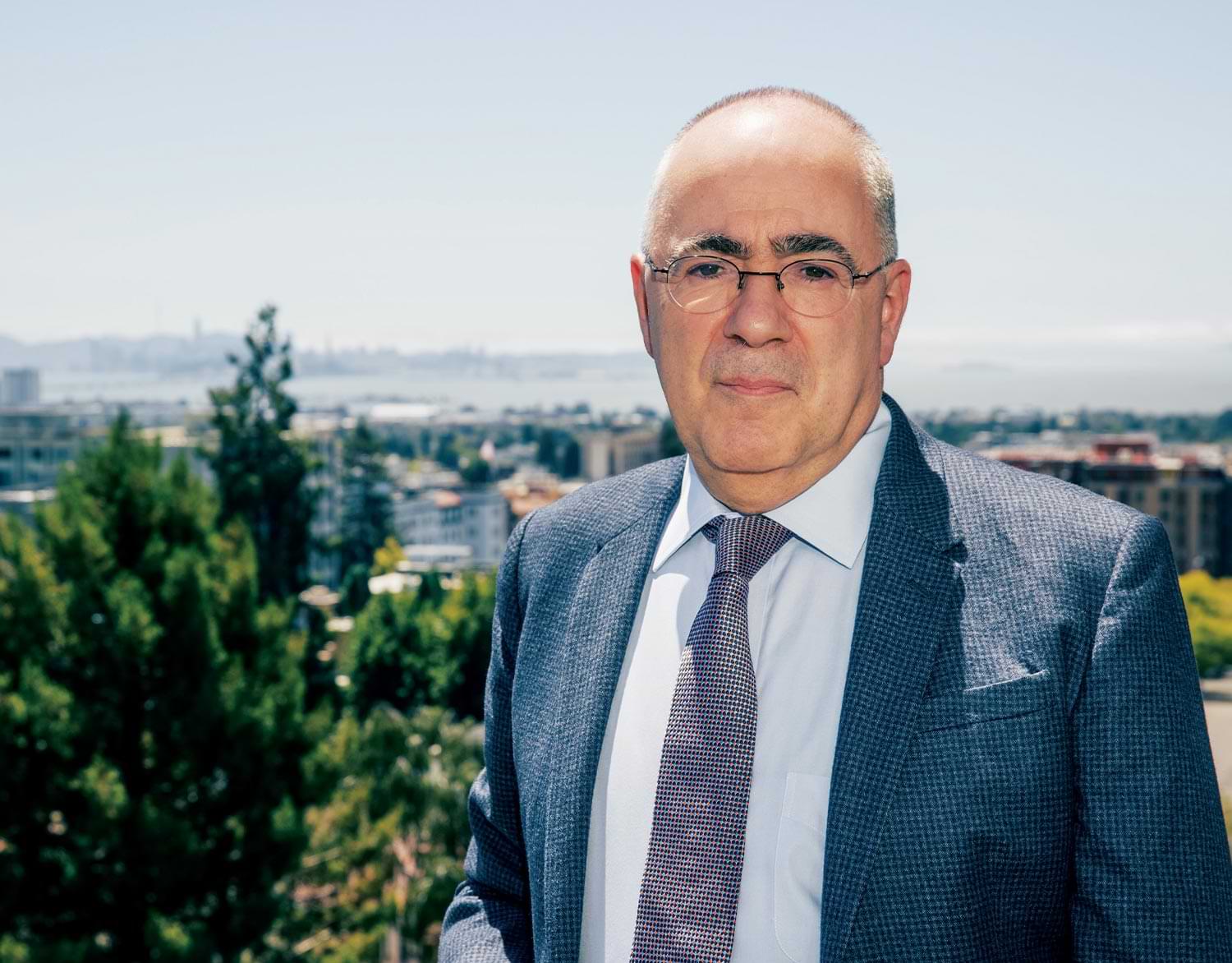
Berkeley Center for Private Law Theory
“These structures profoundly affect our social and economic life and govern our relationships with each other in arguably the most important spheres of our lives: in the market, the workplace, the neighborhood, and intimate relations,” he says. “Where we define our property rights, the meaning of our contracts, and the meaning of our wrongs defines us as a society. This is what our center will investigate in different ways.”
Dagan, who has written seven books and over 120 scholarly articles, directed three centers at Tel Aviv University focused on ethics, advanced legal studies, and interdisciplinary research of the law. He also served as dean of the university’s Faculty of Law.
That experience revealed how to integrate students, prioritize projects, and maximize on- and off-campus collaborations.
“We want to reinvigorate interest in private law and consolidate its understanding within the vision of a just society,” Dagan says. “This center should be the home for that, which means involving the knowledge and perspectives of lawyers, political scientists, historians, business strategists, philosophers, and more. It will be an international center with global connections.”
The center’s inaugural event on October 20 will be a colloquium focusing on contract theory and marginalized workers. Because labor and employment statutes exclude a significant number of workers from coverage and fail to protect others because of judicial interpretation or immigration law, millions of immigrants, incarcerated people, and independent contractors labor under a regime that offers minimal rights.
“Our main questions will be what made contract law the enemy of marginalized workers, and whether contract law may become part of the solution for, rather than one of the causes of, the vulnerability of workers to exploitative working conditions,” Dagan says.
Next semester, a workshop on contract theory will take place February 2-3 and a conference on the normative foundations of the market is set for March 15-16. The latter will convene scholars from various market-related disciplines to critically investigate the normative underpinnings that can, should, or in fact do underlie the operation of the market generally or of a specific market, such as labor or housing.
Dagan has enlisted a strong roster of Berkeley Law professors to work with the center, including Abbye Atkinson, Kenneth Bamberger, Seth Davis, Daniel Farber, Catherine Fisk ’86, Stavros Gadinis, Mark Gergen, David Singh Grewal, Manisha Padi, Dylan Penningroth, and Molly Van Houweling.
“Private law has origins from the Old Testament and Roman law, but it’s pertinent today as many of our interactions are transnational and much work is about organizing global value chains,” Dagan says. “The need for a new generation of private law theory has become all the more acute given questions and challenges posed by rapid technological change, economic globalization, and the rise of new forms of family and personal relations. We aim to foster insights into the legal building blocks of our social and economic life and contribute to making them fair and just.”
Treasure Trove
ide-ranging topics. Renowned experts. Dynamic programs. From A to Z (artificial intelligence to zoning), Berkeley Law offers a nonstop flow of intriguing events. Here are three snapshots that typify what’s offered to the law school community. For more literal snapshots see Enticing Events.
Officer impunity
“The law itself is a barrier to justice,” said professor and symposium lead organizer Osagie K. Obasogie, who has written extensively about various justifications for the deaths of people in police custody — rather than use of force — that he contends aren’t supported by science and create police impunity. “Legal reform is needed.”
Los Angeles County District Attorney and former San Francisco police chief George Gascon said his office brought 11 charges for excessive force during his first two years compared to one brought by his two predecessors in the prior 20 years.
“Judicial officers are preventing these cases from being presented to juries, and many prosecutors see themselves as police officers and sometimes refuse to move the cases forward,” he lamented.
Oakland lawyer John Burris ’73, who has represented over 1,000 police misconduct victims, said the qualified immunity doctrine, police unions, department culture, and internal politics are major hurdles to accountability: “What we see is a lack of respect for the community itself.”
Keeping current on crypto
A Berkeley Center for Law and Business virtual conference addressed questions swirling around the cryptocurrency industry after the crypto exchange FTX’s 2022 collapse sparked debate about how — or even whether — digital currency should be regulated by the same authorities that govern other financial products and markets.
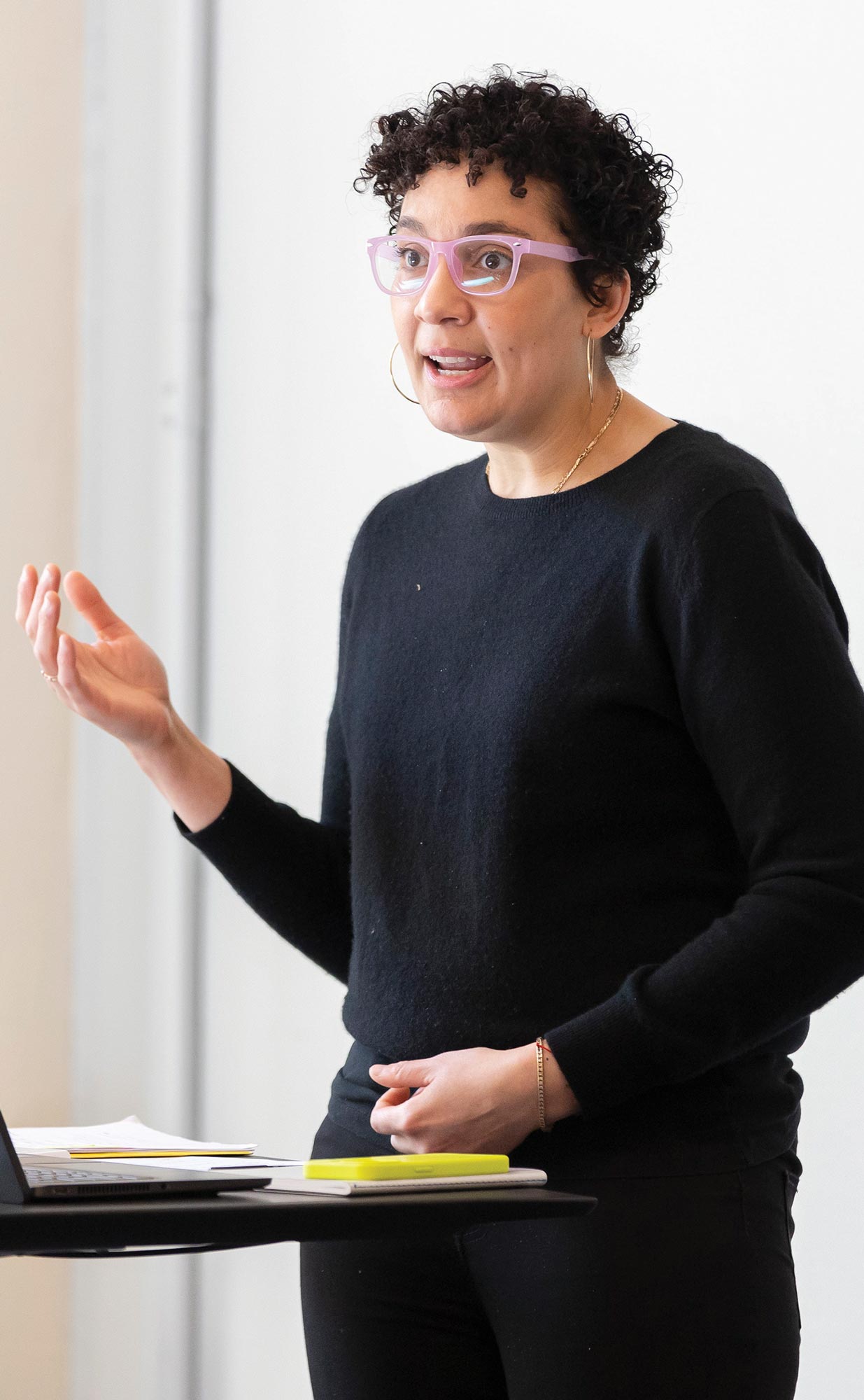
STUDY CITING: Duke sociologist Hedwig Lee explains how aggressive policing of communities can render enduring anxiety, depression, and psychological strain. Photo by Brittany Hosea-Small
“I hope the conference will mark an important turning point for thinking about cryptocurrency regulation, and I think it will be must-viewing for regulators in the area,” said professor and center faculty member Frank Partnoy, noting the importance of making such programs and recordings “publicly available for free … so that anyone, anywhere can watch and learn.”
History lesson
Attorneys who helped overturn Korematsu and others who were involved in related cases described their historical context and ongoing pertinence amid global threats to civil rights.
“The rights and human dignity of minorities have been compromised throughout history,” said keynote speaker Lorraine Bannai. “The same stereotypes that led to wartime incarceration of Asians continue today and are proven by recent anti-Asian hate crimes. The incarceration tells us that we all have to speak out.” — Andrew Cohen & Gwyneth K. Shaw
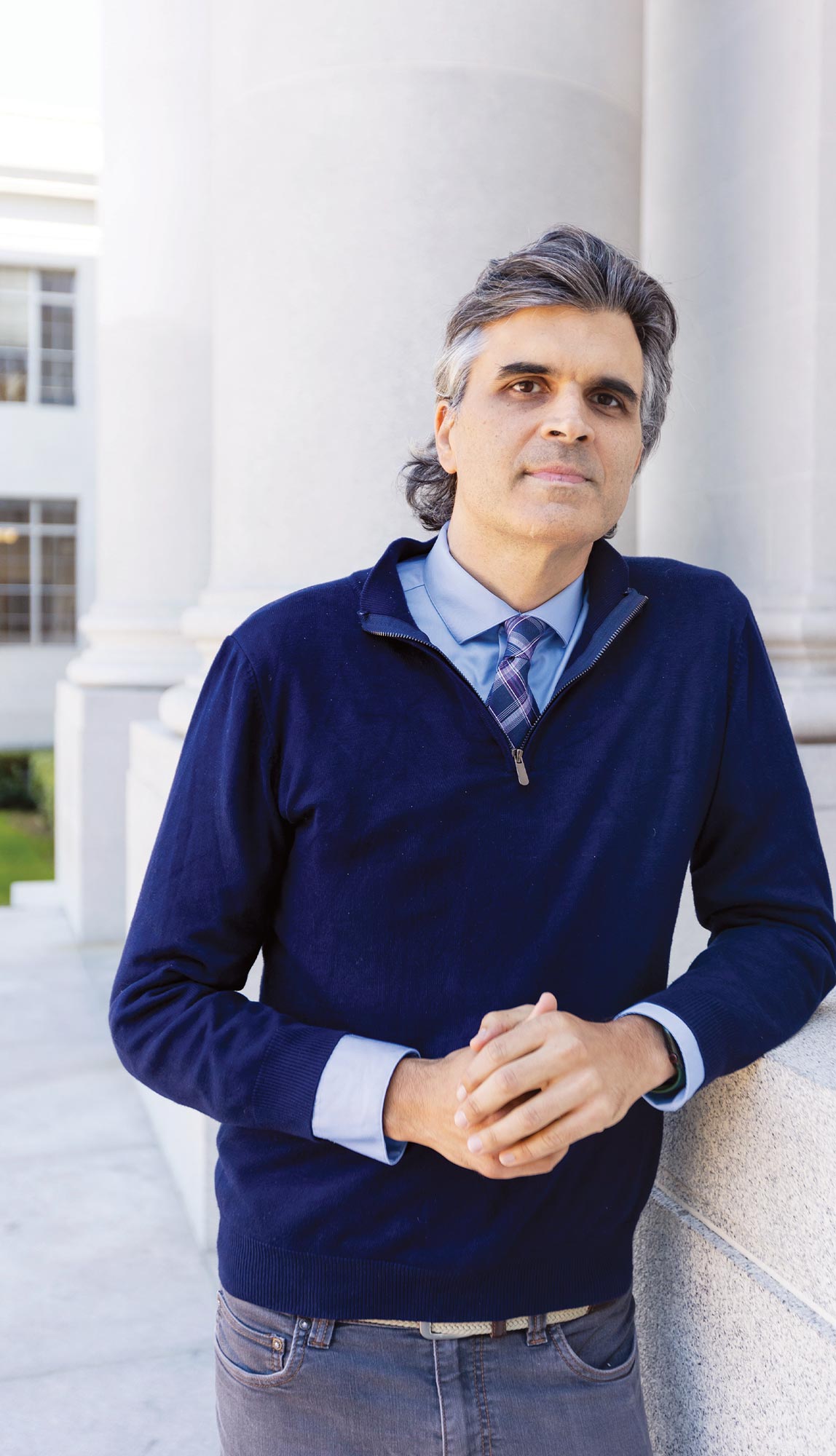
COMMUNITY PILLAR: Professor Seth Davis continues to help support Berkeley Law’s Native American students and expand their work with tribal nations. Photo by Brittany Hosea-Small
Center for Indigenous Law and Justice
A prominent Indian law scholar, Davis supported students as they revived Berkeley Law’s Native American Law Students Association chapter. He credits Dean of Admissions Kristin Theis-Alvarez for her concerted efforts to create a law school pipeline and related support for Native students. Less than 1 percent of law school applicants identify as Native American.
Davis also serves as faculty supervisor for the student-led Native American Legal Assistance Project, which does pro bono work on myriad issues that Native peoples face.
“Native and non-Native students involved in Indigenous issues here at Berkeley have built an incredible community,” he says. “They are eager for an institutional home which encompasses that community and the intellectual life around Native issues that includes engagement between Native nations and the law school. In addition, constituencies we’ve worked with on and off campus see real potential at Berkeley Law for greater work in this area.”
The center aims to facilitate meaningful ways for interested students, faculty, and staff to work with tribal nations and on Indigenous issues, and to offer programming including conferences, networking events, training sessions, and student fellowships.
“We want to provide research that serves these communities and supports them as they exercise their sovereignty through self-government and advocacy,” Davis says. “When we meet with representatives from tribal nations, we’ll ask what their goals are, what their needs are, and in what ways they’d like to engage with us to help provide research that serves those goals and needs.”
This will extend the work of Berkeley Law’s Tribal Cultural Resources Project, a recent two-year initiative led by Nazune Menka, who is now a supervising attorney at the school’s Environmental Law Clinic. Her recent work with Davis produced research, training sessions, and a handbook for tribal nations to help protect their sacred spaces, ancestors, and belongings.
The center will help students network with lawyers who work on Indigenous issues at firms, nonprofits, tribal law offices, and elsewhere. Davis is also trying to expand the Frickey Fellowship Program, named after the late Philip Frickey, a Berkeley Law professor and one of the foremost experts on public law and federal Indian law and policy.
“The idea is to not only expand student opportunities, but also to create a community of Frickey fellows,” Davis explains. “We want to invite tribal judges, tribal attorneys general, and others who can talk to students about the actual work they do, and create a program where students can clerk or extern with them. Students want these opportunities institutionalized, and we’re eager to provide that.”
While other law schools have centers in this field, Davis hopes that Berkeley Law’s new center will confront broad issues of justice and redress that are local, national, and global.
“I think that’s crucial for Berkeley in particular, in light of the university’s history in holding Native ancestors and belongings and the campus being on unceded Ohlone land,” he says. “There’s an imperative for us to be thinking about what not just the law requires, but what justice requires.”
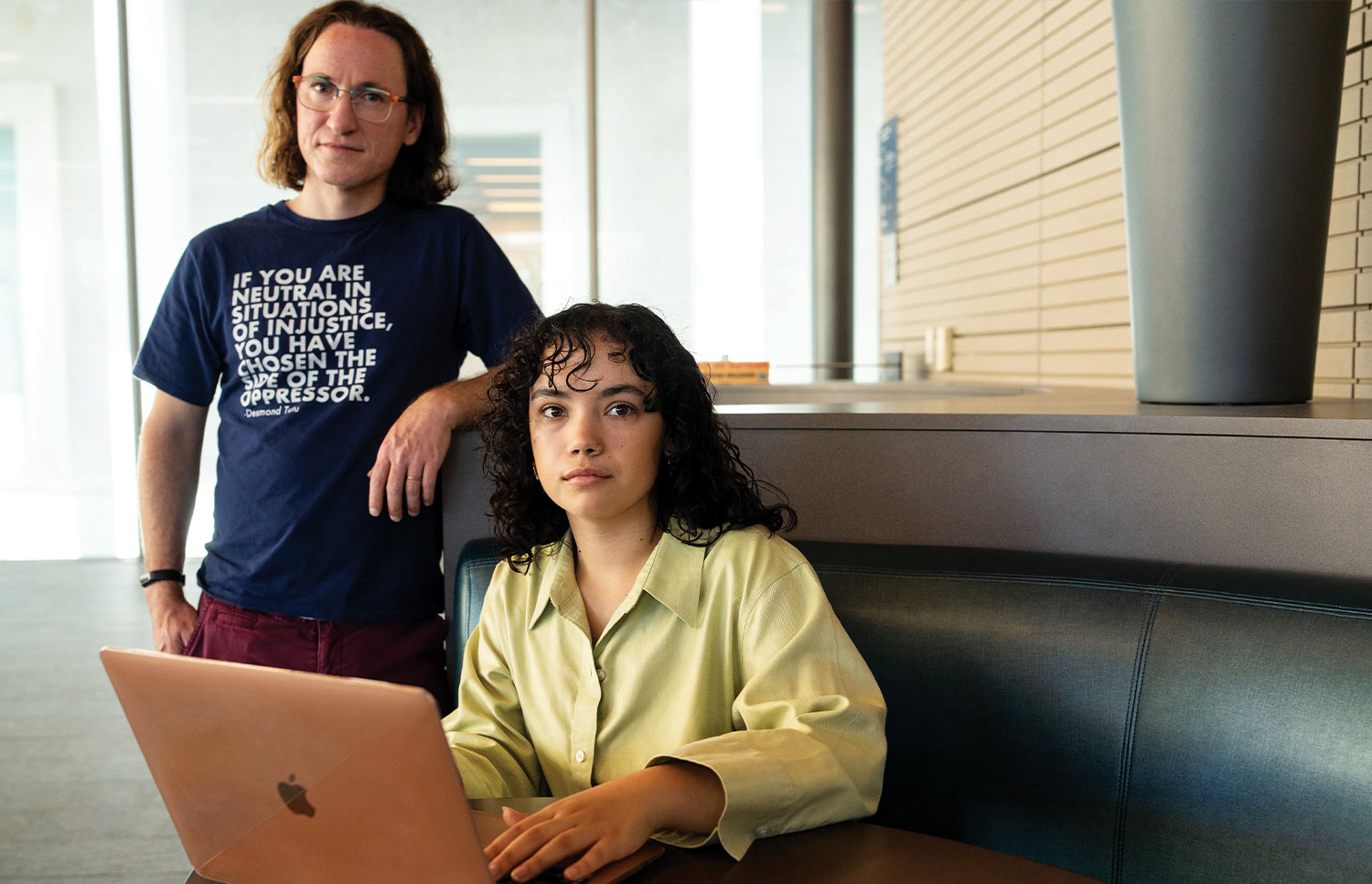
IN TANDEM: 2Ls Jordan Hefcart (left) and Cassidi Mignuolo, co-leaders of Berkeley Law’s Reproductive Justice Project, are eager to work closely with the resurgent center. Photo by Darius Riley
Center on Reproductive Rights and Justice
With countless new challenges following the Supreme Court overruling Roe v. Wade in Dobbs, Professor Kathryn Abrams knew that quietude couldn’t last and worked with Professor Emerita Kristin Luker, the center’s founding co-director, to rev it up again. As she searches for a new executive director, Abrams has been planning programming, laying the fundraising groundwork, updating the center’s website, and more.
“Three factors contributed to reenergizing the center,” she says. “The first, of course, was Dobbs. The reproductive rights and justice landscape changed radically when the Supreme Court overruled Roe with an opinion that validated originalism, looked to the mid-19th century for its vision of women’s rights, and turned the question of regulating abortion back to the states.
“The second was Kristin’s persistent efforts. She’d continued to correspond with past benefactors and foundation funders, survey developments in the field, and scan the horizon for necessary personnel. The third is my interest in legal inequality and the social movements that challenge it. I had hoped to pursue a project that focused on gender-driven social movements, then Dobbs was decided.”
With states imposing immediate restrictions on abortion care and enacting legislation penalizing and sometimes criminalizing abortion, Abrams says that these measures reach not only the abortion of unplanned pregnancies, but also treatment for miscarriage or fatal fetal diagnoses — putting physical health and mental well-being for many at risk.
Now that the U.S. has become a patchwork of state systems with immense variety and harsh consequences for those in restrictive states, the center will connect scholars with practitioners, advocates, and organizers to develop strategic initiatives.
“These changes and the growing exodus of medical professionals from restrictive states reduced access to reproductive health care of all kinds,” Abrams laments. “They have also exacerbated preexisting health care disparities, making people of color and low-income people even more vulnerable. Centering the experience and advocacy of Black women — who have framed and led the struggle for reproductive justice — and other women of color within reproductive coalitions is a necessary step toward more comprehensive solutions.”
In that spirit, the center will support efforts that amplify the voices of those most affected, and offer research and advocacy support for programs that address reproductive inequalities, including but not limited to access to abortion. These might involve initiatives focused on extending postpartum care under Medicaid, requiring insurance coverage for health care workers such as midwives and doulas, and advancing research and policy that address the drivers of racial disparities in maternal mortality.
Lunch talks, partnerships with student-led groups, coursework, and externships are also on the agenda.
“We hope to offer fellowships for summer work and ultimately post-doctoral fellowships because students are a key constituency of the center,” Abrams says. “We aim to help prepare the next generation of legal advocates for reproductive rights and justice, and create a more knowledgeable and engaged public that can be part of state and local solutions.”